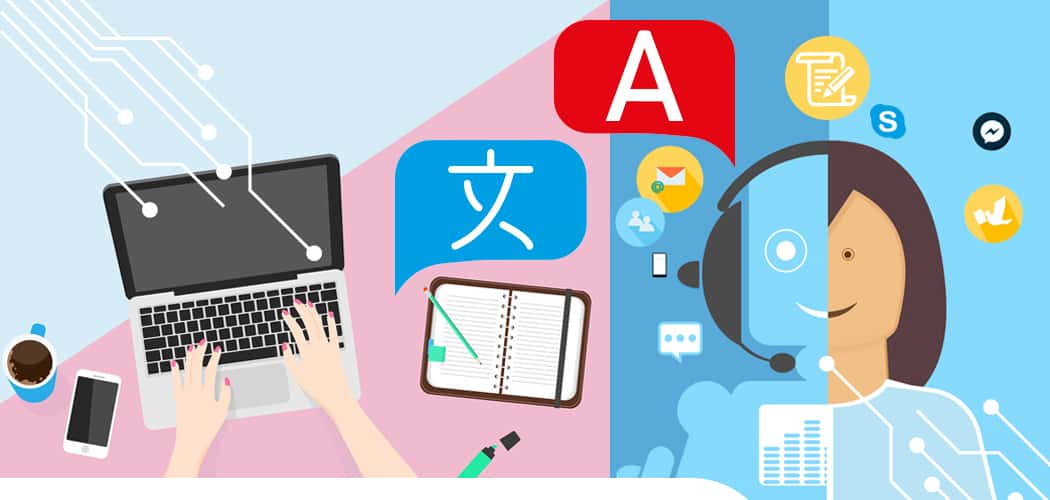Over the years, technological advances in Artificial Intelligence have hastened the pace of evolution of Machine Translation so much so that it has been touted as the replacement for human translators. Many in the IT world have warned of the pending “demise” of human translators, suggesting that human translators might no longer be relevant in the future.
Instead of going against the flow and making the future transition a tough one, a collaborative stance should be taken, not as a surrender to technology but more of an effort to improve and increase the effectiveness and productivity of translation to facilitate multilingual communication for the future.
Translators have been working with technology by incorporating the use of Computer-Assisted Translation (CAT) tools with human translation effort for quite some time already. What was seen initially as a threat soon turned into acceptance when it was clear to many that CAT tools can increase translators’ productivity rather than replace them. Perhaps, if MT is seen in the same light, human translators will learn to work with it rather than reject it.
Be a Professional Translator and more
Be a professional translator. Be an expert in the use of CAT tools and MT software. Tap on your strength as professional linguists to do what MT cannot do. Offer Transcreation which requires more creativity and cultural fluency.
Be an Editor and a Reviser
Offer editing and preparation of source text for translation. This is usually a process that is largely ignored by many, leading to very flawed translation output.
Be a reviser for target text. You can provide “tidying up” service for the MT translation. As a value-added service, you can also point out discrepancies and illogical flow of content and information for the originator to investigate it further.
Get involved
In order for the output of any MT to be good enough, its input must be of a good quality. High quality training data must be created and prepared. Translators can play an important role in the preparation of these high-quality training data.
Most human translators would still favour working with CAT tools rather than MT. With AI evolving so fast, it is a matter of time, before we will see a total assimilation of the CAT tools into the MT process.
Instead of worrying about MT taking over human translators or living in denial, we should be taking the cue from many other industries that has thrived with technology. If human translators and LSPs alike can leverage technology and be a part of the future translation processes rather than rejecting it totally, we will stand to gain and be in control.

